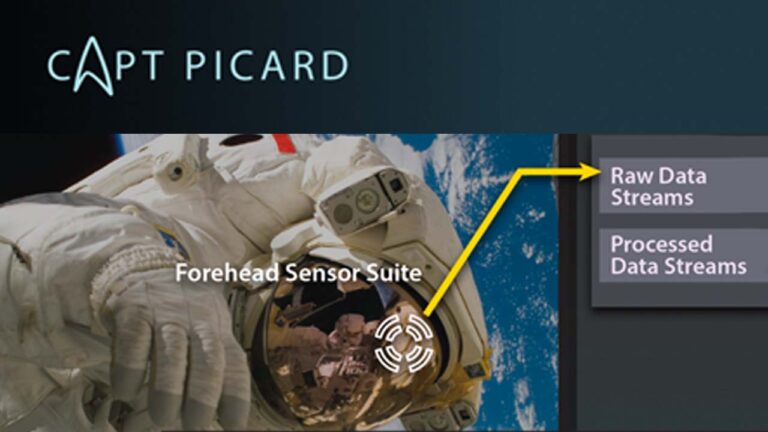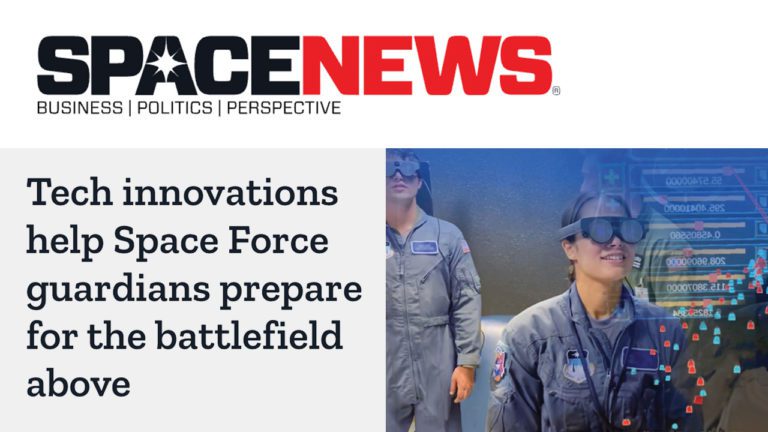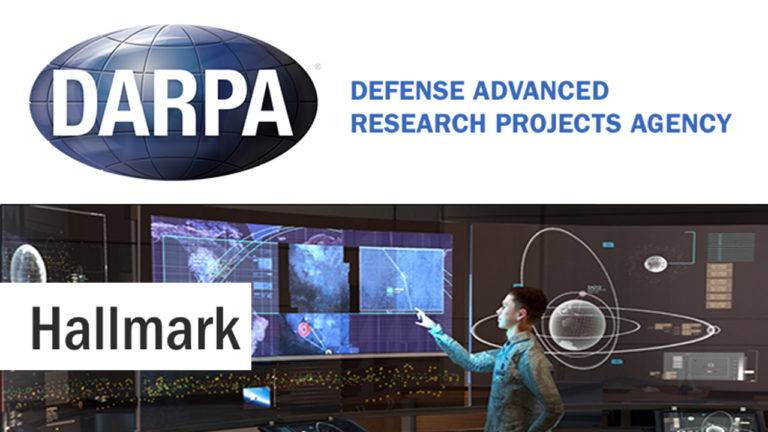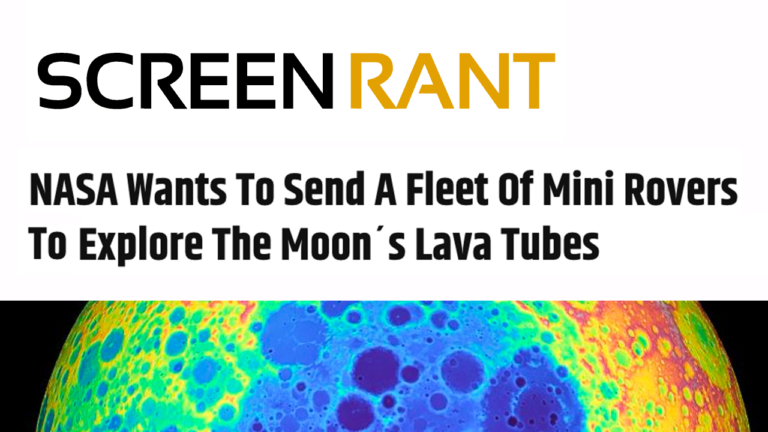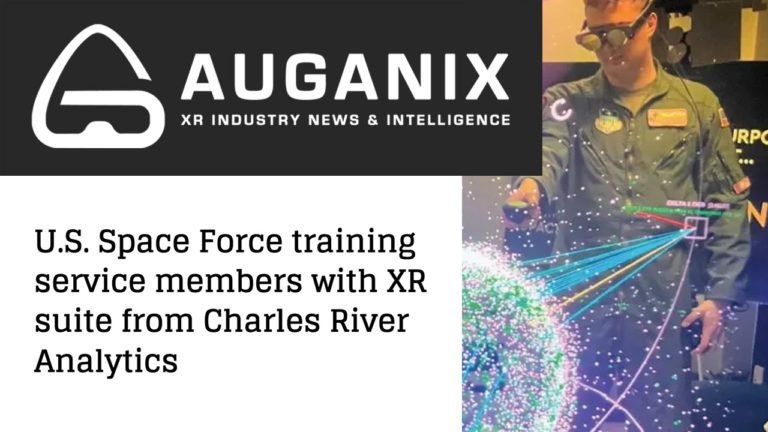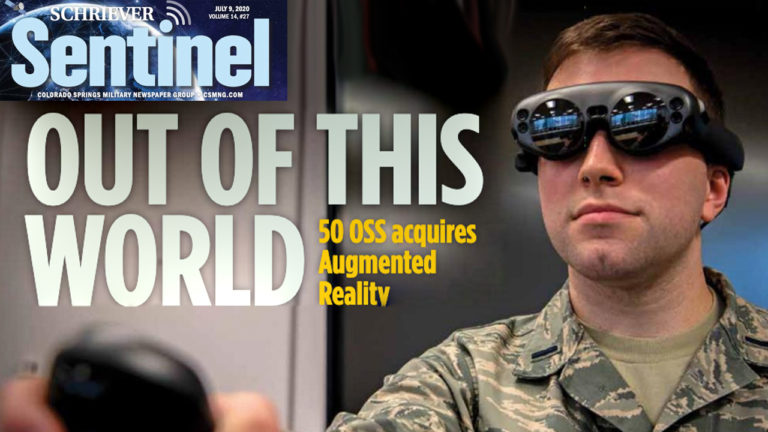SPACE
Intelligent solutions for space initiatives
Developing novel solutions for space, from enabling communication between swarms on the moon to visualizing space assets or monitoring astronaut cognitive load
In the dynamic and complex space environment, challenges abound—from navigating an increasing debris field, to coordinating satellites with diverse missions and accurately simulating high-pressure real-time scenarios—challenges that demand revolutionary technology for bold and thoughtful solutions.
With a keen focus on human-centered systems, we harness an array of advanced R&D as well as Scruff™, our probabilistic programming language, to serve the needs of both the Department of Defense and the commercial sector, ensuring effective and impactful solutions for the space industry.
Core Competencies
Our team of innovative scientists brings cross-domain expertise to the table. We understand what it takes to assure mission success, and we focus on delivering human-centered solutions to address challenges in space.
Tailored Solutions
Whether immersing operators in the space domain for intuitive understanding or adding adaptive behaviors to satellite systems, our technologies support the many perspectives and skills needed for complex mission success.
Decades of Experience
Since our first contract for NASA in 1985, we’ve been redefining possibilities at the forefront of space R&D. We recognize space’s vital strategic importance and its profound impacts on global geopolitics.
Advanced Technologies
We design and develop to ensure the human-centered application of our leading-edge technologies. Whether machine learning or extended reality, our AI solutions communicate safely and transparently.
At Charles River Analytics, our innovative spirit and technological expertise deliver solutions for the intricate choreography of space operations.
Space Domain Awareness
The sheer volume of space debris makes space domain awareness (SDA) a challenge. Add the growing number of satellites, all with varying objectives and capabilities, and it complicates the picture even more. Space is dynamic, with complex 4D geographies. We develop user-friendly tools that make space domain concepts easy to understand, communicate, and retain.
Command and Control
Successful missions start with the right strategies to support multidomain operations. We deliver tools that optimize limited antenna resources from satellites and prioritize data relayed from space with an understanding of the operational context to recommend the most efficient courses of action in the most challenging situations.
Threat Analysis
Our tools use modeling and simulation techniques to help analysts better understand the most likely and most significant threats. Our AI processes high-volume, multisource data input to provide informed and actionable information for battle management command and control.
Autonomous Operations
Uncrewed space missions require systems that can complete tasks with little to no human intervention. Our AI works within robotic teams to coordinate and communicate for task allocation. We’ve also delivered systems that can autonomously detect and mitigate faults on space platforms, improving their resilience.
Astronaut Support
Tools from Charles River Analytics allow astronauts to manage their tasks to avoid cognitive overload on missions. Unobtrusive physiological sensors assess and predict changes in response to changing environments. These tools help design more effective and astronaut-friendly systems.
Operations Support
We provide extensive support to space operations through our suite of solutions, offering advanced tools tailored to the domain. With our user-friendly and leading-edge technologies, we further empower space professionals, leading to increased efficiency and successful space missions.
Frontiers of Space Innovation: Explore our Projects
Our pioneering projects incorporate insights we’ve gained from working with teams in the real world to unlock new dimensions in understanding threats, immersive learning, collaborative robotics, and cognitive workload monitoring for astronauts. Our research opens new frontiers for the Government and business sectors, improving operations through reduced costs, increased efficiency, and enhanced performance of human-machine teams in space.
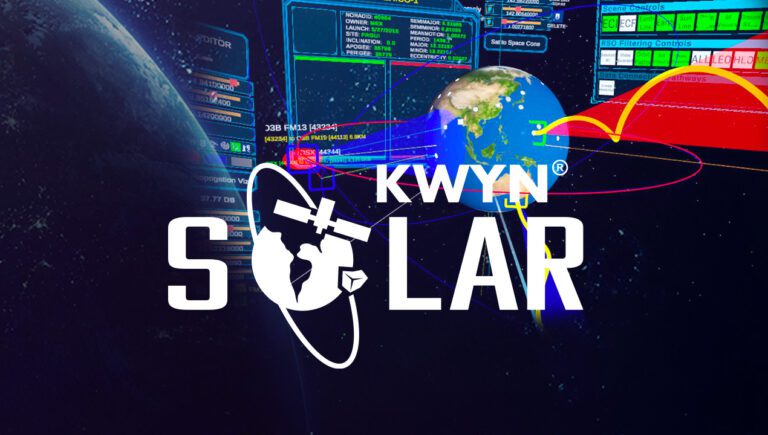
KWYN® SOLAR
An immersive environment for rapidly understanding the space domain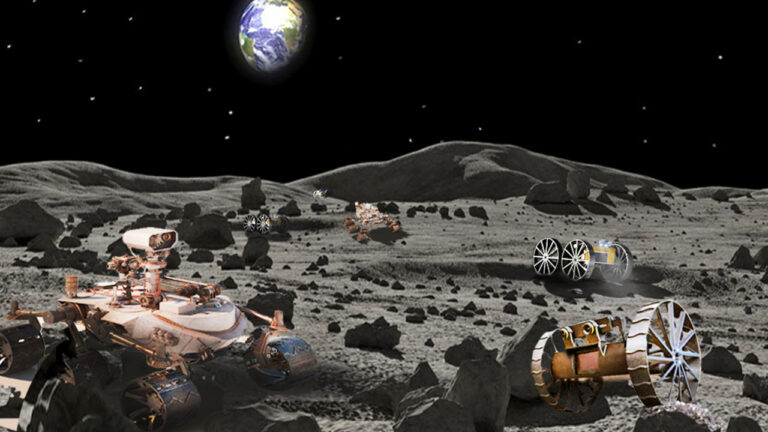
ASTER
A system to explore cooperation and behavior allocation of autonomous teams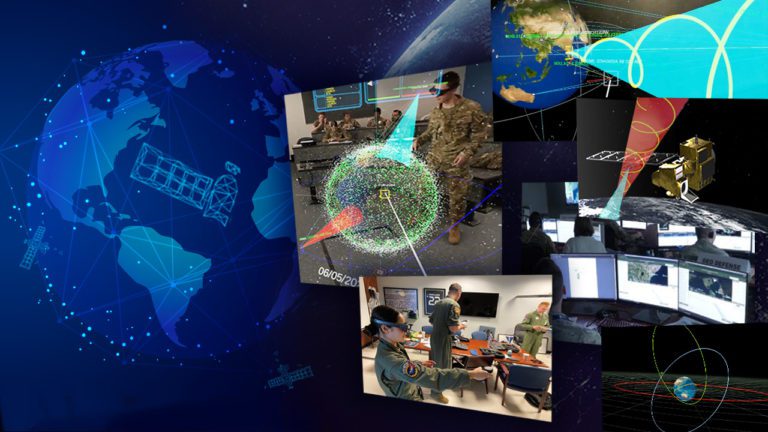
APOGEE
XR for space domain awareness